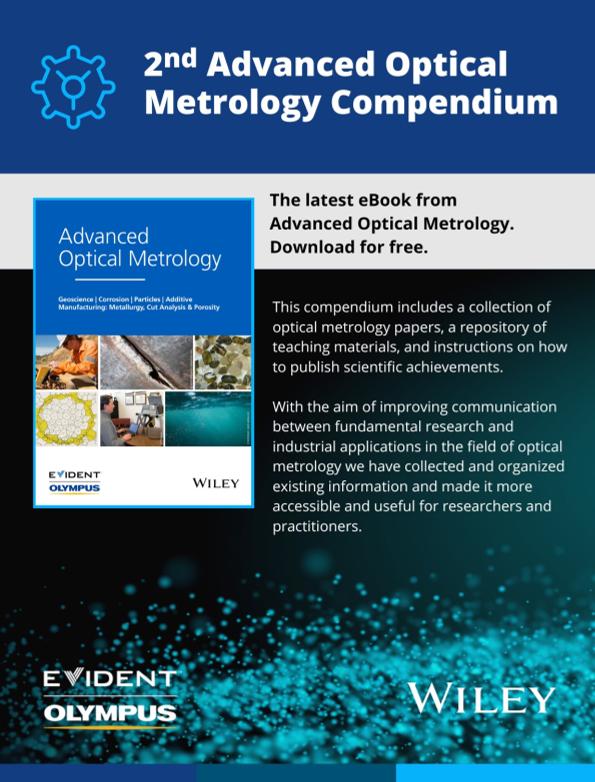Mostrar el registro sencillo del ítem
dc.contributor.author
Heffner, Herman

dc.contributor.author
Soldera, Marcos Maximiliano

dc.contributor.author
Ränke, Fabian
dc.contributor.author
Lasagni, Andrés Fabián
dc.date.available
2024-04-17T13:35:52Z
dc.date.issued
2023-02
dc.identifier.citation
Heffner, Herman; Soldera, Marcos Maximiliano; Ränke, Fabian; Lasagni, Andrés Fabián; Surface Modification of Fluorine‐Doped Tin Oxide Thin Films Using Femtosecond Direct Laser Interference Patterning: A Study of the Optoelectronic Performance; Wiley VCH Verlag; Advanced Engineering Materials (print); 25; 10; 2-2023; 1-10
dc.identifier.issn
1438-1656
dc.identifier.uri
http://hdl.handle.net/11336/233286
dc.description.abstract
Transparent conductive oxides (TCOs) are used in solar cells not only to extract photogenerated carriers but also to allow sunlight to reach the photoactive material. Therefore, controlling the electrical and optical properties of such oxides is crucial for the optimization of the efficiency of solar cells. Herein, direct laser interference patterning (DLIP) method is used to control the surface morphology, optical and electrical properties of fluorine-doped tin oxide (FTO) by applying femtosecond laser pulses. The topography characterization reveals periodic line-like microstructures with a period of 3.0 μm and average heights between 20 and 185 nm, depending on the applied laser fluence levels. Laser-induced periodic surface structures are observed on the valleys of the texture aligned perpendicularly to the laser radiation polarization. A relative increase in the average total and diffuse optical transmittance up to 5% and 500%, respectively, is obtained in the 400–800 nm spectral range as a consequence of the generated micro- and nanostructures. Calculations of two figures of merit suggest that the texturing of FTO might enhance the efficiency of solar cells, in particular dye-sensitized (DSSCs). The findings of this study confirm that DLIP is a convenient technique for structuring electrodes for highly efficient optoelectronic devices.
dc.format
application/pdf
dc.language.iso
eng
dc.publisher
Wiley VCH Verlag

dc.rights
info:eu-repo/semantics/openAccess
dc.rights.uri
https://creativecommons.org/licenses/by/2.5/ar/
dc.subject
direct laser interference patterning
dc.subject
femtosecond laser
dc.subject
fluorine-doped tin oxide
dc.subject
surface texturing
dc.subject.classification
Nano-procesamiento

dc.subject.classification
Nanotecnología

dc.subject.classification
INGENIERÍAS Y TECNOLOGÍAS

dc.title
Surface Modification of Fluorine‐Doped Tin Oxide Thin Films Using Femtosecond Direct Laser Interference Patterning: A Study of the Optoelectronic Performance
dc.type
info:eu-repo/semantics/article
dc.type
info:ar-repo/semantics/artículo
dc.type
info:eu-repo/semantics/publishedVersion
dc.date.updated
2024-04-17T13:00:47Z
dc.identifier.eissn
1527-2648
dc.journal.volume
25
dc.journal.number
10
dc.journal.pagination
1-10
dc.journal.pais
Alemania

dc.description.fil
Fil: Heffner, Herman. Consejo Nacional de Investigaciones Científicas y Técnicas. Centro Científico Tecnológico Conicet - Bahía Blanca. Instituto de Química del Sur. Universidad Nacional del Sur. Departamento de Química. Instituto de Química del Sur; Argentina
dc.description.fil
Fil: Soldera, Marcos Maximiliano. Technische Universität Dresden; Alemania. Consejo Nacional de Investigaciones Científicas y Técnicas; Argentina
dc.description.fil
Fil: Ränke, Fabian. Technische Universität Dresden; Alemania
dc.description.fil
Fil: Lasagni, Andrés Fabián. Technische Universität Dresden; Alemania
dc.journal.title
Advanced Engineering Materials (print)

dc.relation.alternativeid
info:eu-repo/semantics/altIdentifier/url/https://onlinelibrary.wiley.com/doi/10.1002/adem.202201810
dc.relation.alternativeid
info:eu-repo/semantics/altIdentifier/doi/http://dx.doi.org/10.1002/adem.202201810
Archivos asociados
